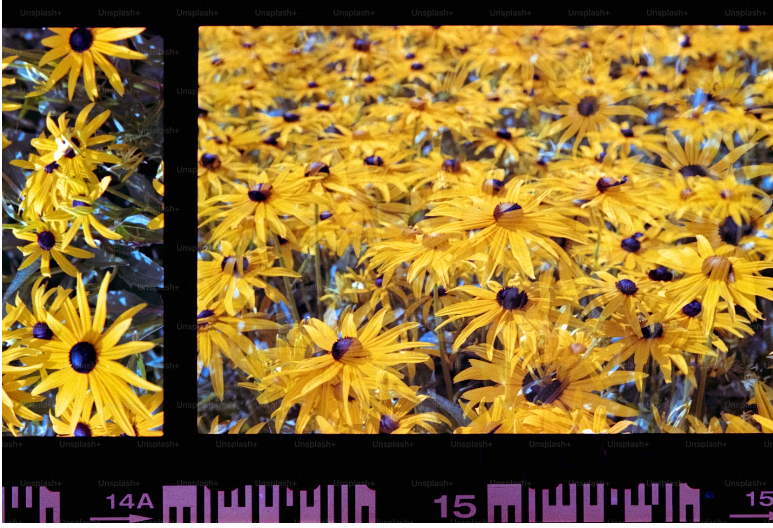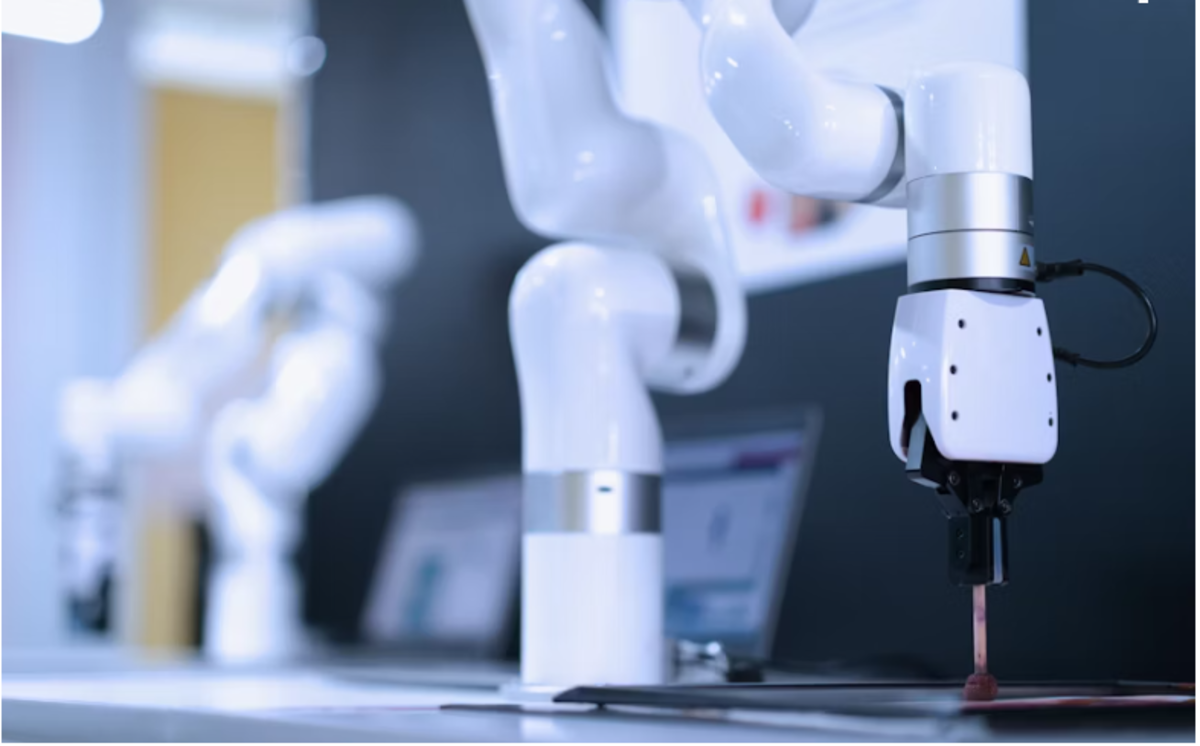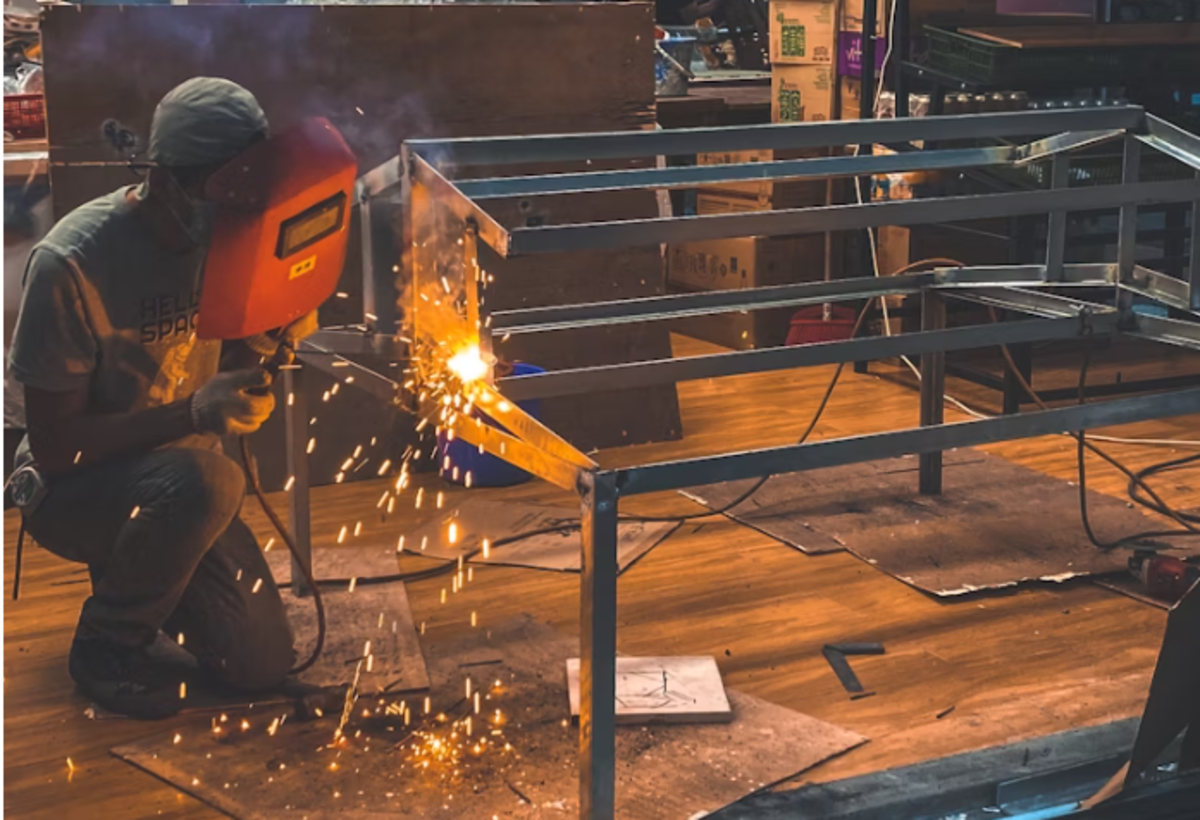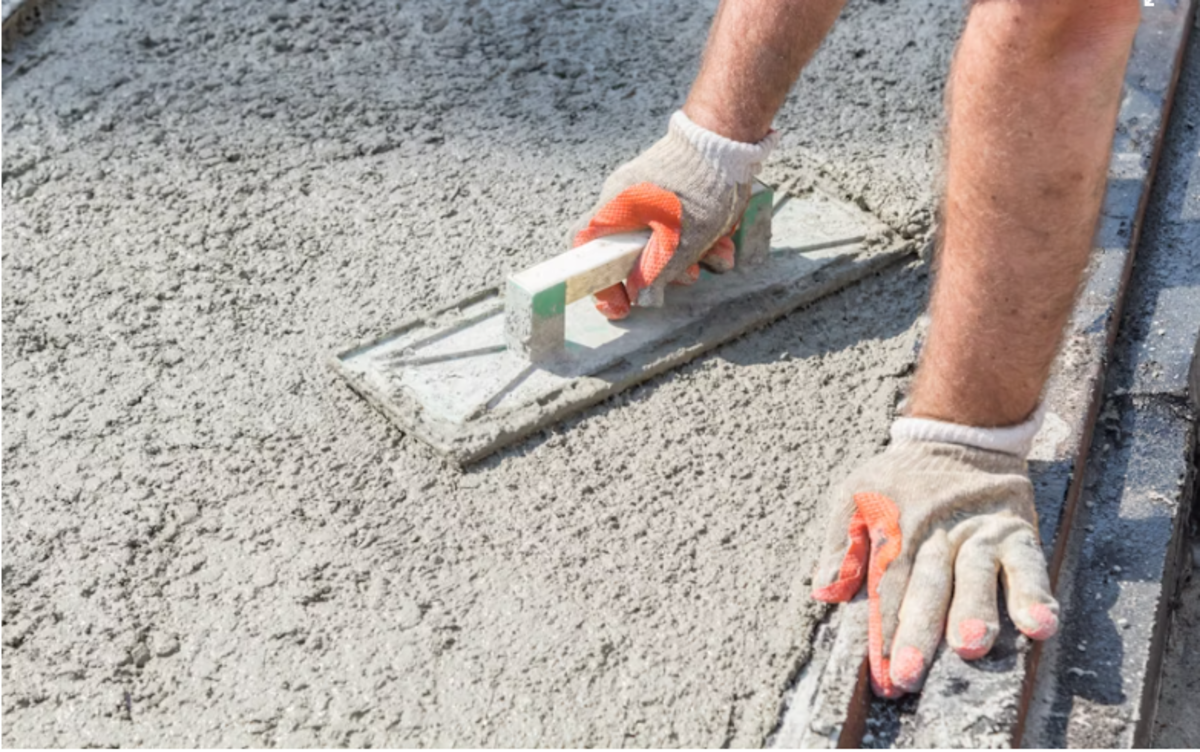In a world dominated by digital visuals, how do we break down complex images to make sense of the details? Enter Basdalm separation on images—a powerful image processing technique that helps us unravel and analyze the different components within a picture. Whether it’s for AI, medical imaging, or even photography, Basdalm Separation lets us peer deeper into the hidden layers of any visual.
Curious about how it works and why it’s crucial? Let’s break it down (pun intended) and dive into the magic behind Basdalm Separation.
What is Basdalm Separation?
Imagine looking at an intricate painting. Your eyes naturally separate objects based on color, shape, and contrast. Computers, however, need a little more help to achieve this level of understanding. That’s where Basdalm separation on images comes into play. It’s the process of dissecting an image into its individual components, such as textures, colors, and edges, to make it easier for machines to analyze and interpret the picture.
From spotting tumors in medical scans to distinguishing objects in photos, this separation technique makes image data more manageable and insightful.
How Basdalm Separation Works
So, how does Basdalm separation on images actually do its magic? The process might seem complex, but it’s all about identifying key characteristics of an image and isolating them one by one. Here’s how:
1. Pinpointing Unique Traits
Each image has its own “signature”—whether it’s the colors, patterns, or edges that make up its core. Basdalm Separation identifies these unique traits, making it easier to tell one object apart from another. Just like how our brains can quickly differentiate between a tree and a cloud, algorithms do the same by analyzing these visual elements.
2. Filtering and Segmenting
Once the key features are pinpointed, filters and algorithms work their magic. Whether it’s using color filters to separate different hues or edge detection algorithms to outline distinct objects, these steps break down the image pixel by pixel. Think of it like peeling away the layers of an onion—each filter focuses on a specific characteristic until all the parts are isolated.
3. Reassembling the Image
After each layer is separated, the image is reconstructed with the relevant parts highlighted. This allows experts, or even AI, to focus on specific elements of the image and gather deeper insights. From identifying hidden objects to enhancing image clarity, Basdalm separation on images reveals the secrets hidden within the visuals.
The Game-Changing Applications of Basdalm Separation
You might be wondering where Basdalm Separation finds its purpose. Spoiler alert: it’s everywhere! Here’s how it’s changing the game across multiple industries.
1. Revolutionizing Medical Imaging
Doctors and radiologists rely on Basdalm Separation to better understand complex medical scans. Whether it’s an MRI or a CT scan, this technology helps them separate tissues and organs from potential abnormalities, like tumors. The result? More accurate diagnoses and treatment plans.
2. Sharpening Photography and Video Editing
Photographers and videographers use Basdalm Separation on images to create stunning visuals. Additionally, incorporating a video trim tool into their workflow allows videographers to fine-tune their content for maximum impact. By isolating elements in the background and foreground, they can apply targeted filters, sharpen images, or enhance specific colors without altering the entire shot.
3. Powering Computer Vision
Whether it’s facial recognition or self-driving cars, Basdalm Separation fuels the computer vision systems that make these technologies possible. By identifying and separating objects in real-time, machines can “see” the world with clarity, making faster and more accurate decisions.
4. Mapping Our World Through Satellite Imagery
Basdalm Separation is also crucial in satellite imagery analysis. By breaking down images of the Earth into various components, scientists can monitor environmental changes, track deforestation, or assess agricultural fields with ease.
The Tools Behind Basdalm Separation
There are various tools and techniques used to achieve precise Basdalm Separation. Here’s a look at the most common methods:
1. Thresholding
By setting a pixel intensity threshold, this method transforms the image into a binary format—light and dark—making it easier to distinguish between different regions.
2. Edge Detection
Using algorithms like Sobel or Canny filters, edge detection is all about finding the boundaries of objects in an image. It’s like tracing the outline of a drawing—perfect for identifying distinct shapes and forms.
3. Color-Based Separation
Color separation involves isolating regions of an image based on color differences. By manipulating the RGB or HSV color space, this method helps to differentiate objects or regions based on their hues.
4. Texture Segmentation
When images contain areas with distinct textures, like smooth seas versus rugged mountains, texture segmentation steps in. This method allows for the separation of components based on their patterns and textures, useful for satellite imagery and medical applications.
Challenges in Basdalm Separation
Even though Basdalm Separation is powerful, it’s not without its hurdles.
1. Overlapping Objects
Some images contain elements that overlap or blend, making it difficult to separate them cleanly. Complex algorithms are required to accurately distinguish these layers.
2. Poor Image Quality
Low-resolution or noisy images can pose significant challenges for separation techniques. Pre-processing steps, like noise reduction or sharpening, are often necessary to improve image quality before applying separation methods.
3. Processing Time
For high-resolution images or complex separations, processing time can be a bottleneck. Advanced hardware and optimized algorithms are crucial to making real-time analysis possible, especially in industries like autonomous driving.
The Future of Basdalm Separation
As technology advances, Basdalm Separation techniques are becoming more refined and automated. Machine learning and AI are making these processes faster and more accurate, with potential real-time applications on the horizon. Imagine a future where self-driving cars, drones, or even robots can instantly interpret the world around them with pinpoint accuracy, all thanks to techniques like Basdalm Separation.
In the medical field, this technology promises to improve early diagnosis and treatment planning, potentially saving lives by providing doctors with clearer, more accurate scans.
Conclusion
In a digital age dominated by visual data, Basdalm Separation stands as a crucial tool for extracting meaningful information from complex images. From improving medical diagnostics to enabling smarter technology in our everyday lives, it plays an essential role in shaping how we interpret and interact with the world around us.
As we continue to push the boundaries of what’s possible in image processing, Basdalm Separation will undoubtedly remain at the forefront of innovation, helping us unlock the hidden layers of every image we see.










